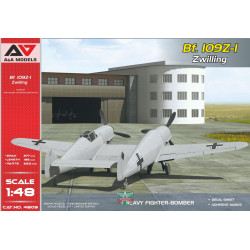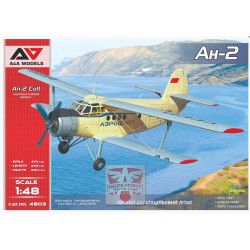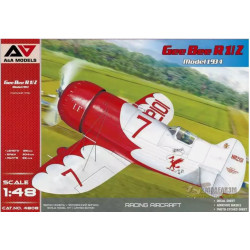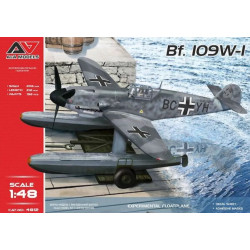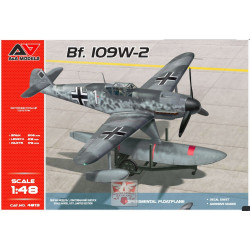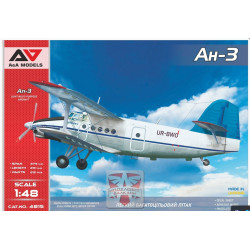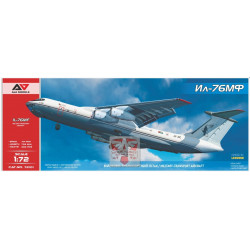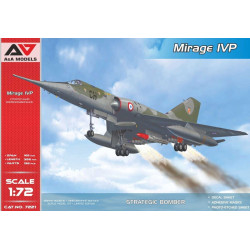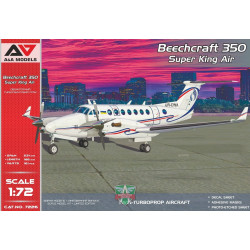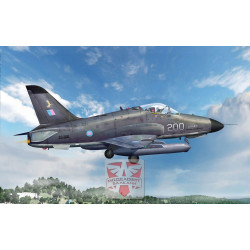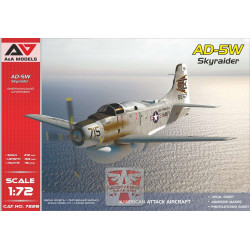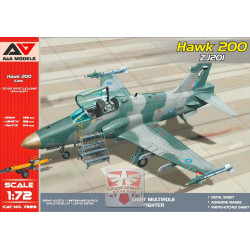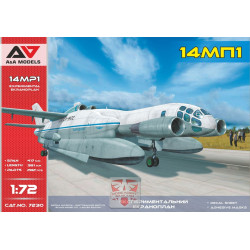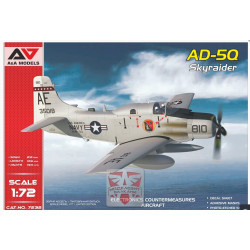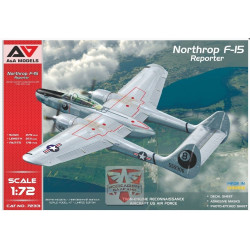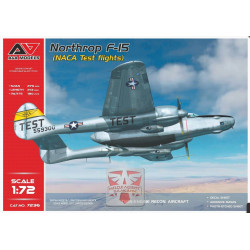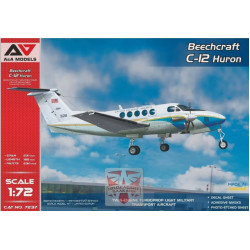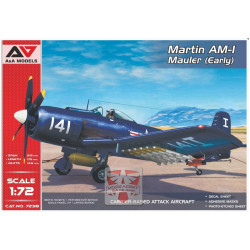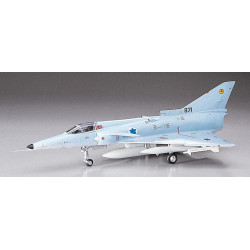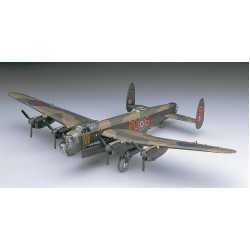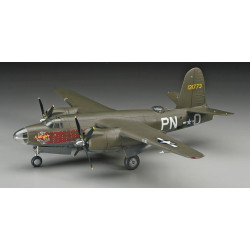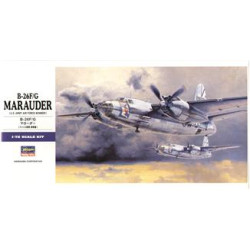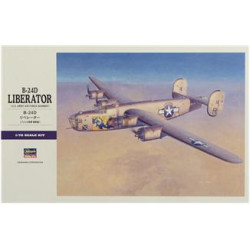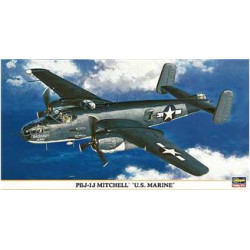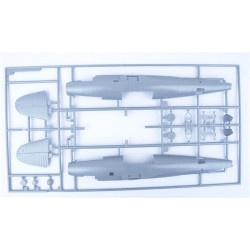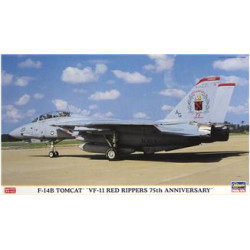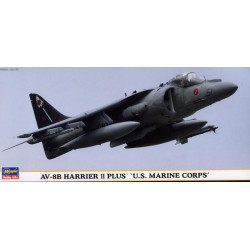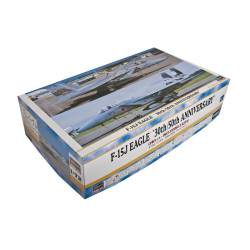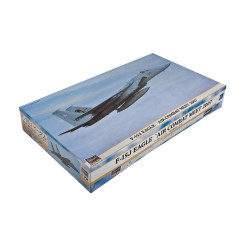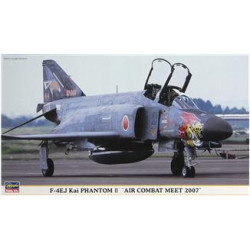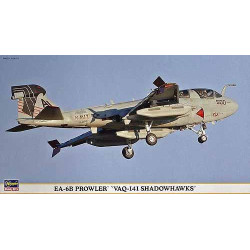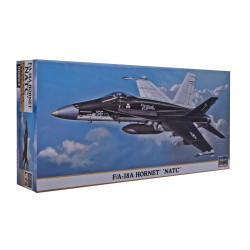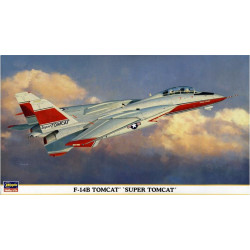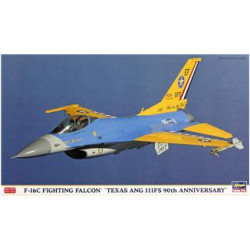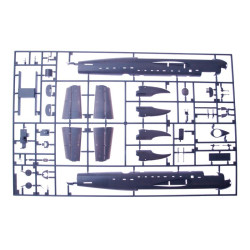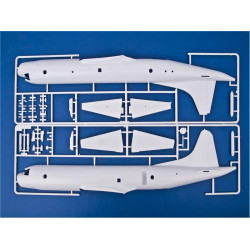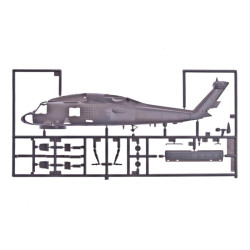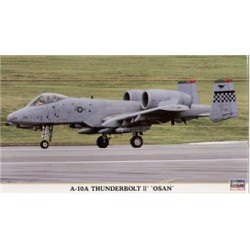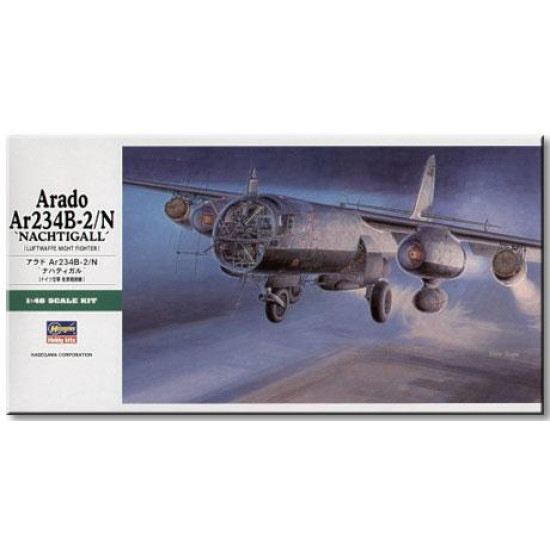
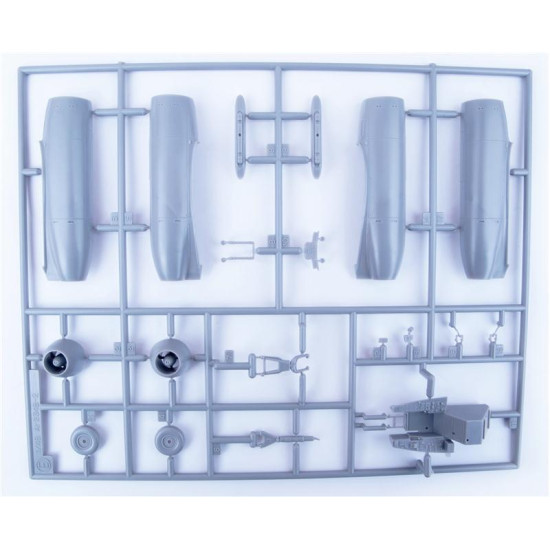
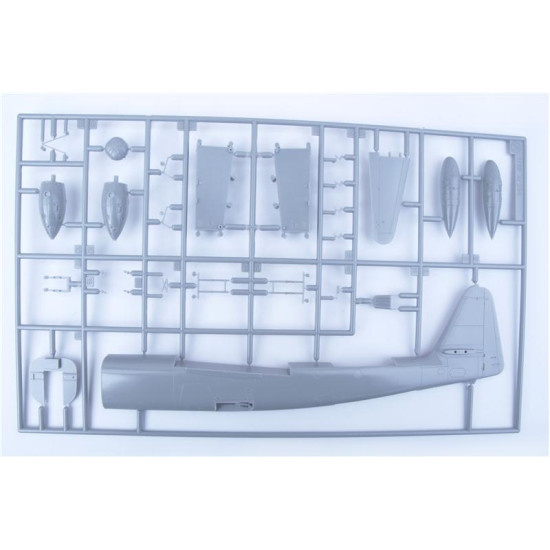
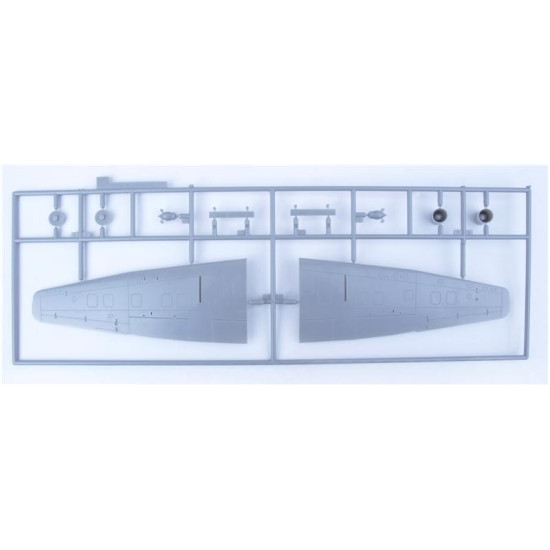
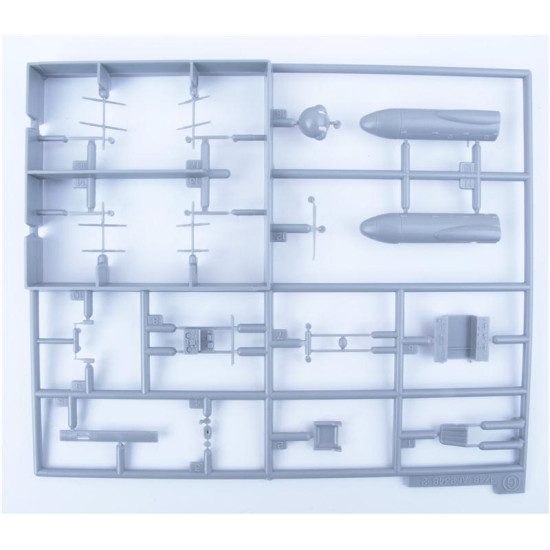





Arado Ar234B-2/N Nachtigal
1/48 Aircrafts, Planes
Hasegawa 09085
Manufacturer: Hasegawa
Scale: 1/48
Material: Plastic
Paint: Unpainted, Unassembled, Kit do not contain paints and glue.
Condition: New in Box
The Arado Ar 234 was the world's first operational jet-powered bomber, built by the German Arado company in the closing stages of World War II. Produced in very limited numbers, it was used almost entirely in thereconnaissance role, but in its few uses as a bomber it proved to be nearly impossible to intercept. It was the last Luftwaffe aircraft to fly over England during the war, in April 1945.n late 1940, the Reich Air Ministry (German: Reichsluftfahrtministerium, abbreviated RLM) offered a tender for a jet-powered high-speed reconnaissance aircraft with a range of 2,156 km (1,340 mi). Arado was the only company to respond, offering their E.370 project, led by Professor Walter Blume. This was a high-wing conventional-looking design with a Junkers Jumo 004 engine under each wing.
Arado estimated a maximum speed of 780 km/h (480 mph) at 6,000 m (20,000 ft), an operating altitude of 11,000 m (36,000 ft) and a range of 1,995 km (1,240 mi). The range was short of the RLM request, but they liked the design and ordered two prototypes as the Ar 234. These were largely complete before the end of 1941, but the Jumo 004 engines were not ready, and would not be ready until February 1943. When they did arrive they were considered unreliable by Junkers for in-flight use and were cleared for static and taxi tests only. Flight-qualified engines were finally delivered, and the Ar 234 V1made its first flight on 15 June 1943 at Rheine Airfield.
By September, four prototypes were flying. The second prototype, Arado Ar 234 V2, crashed on 2 October 1943 at Rheinenear Münster after suffering a fire in its port wing, failure of both engines and various instrumentation failures. The aircraft dived into the ground from 4,000 ft (1,200 m), killing pilot Flugkapitän Selle.[2] The eight prototype aircraft were fitted with the original arrangement of trolley-and-skid landing gear, intended for the planned operational, but never-produced Ar 234Aversion.The RLM had already seen the promise of the design and in July had asked Arado to supply two prototypes of a Schnellbomber ("fast bomber") version as the Ar 234B. Since the original skid-equipped Ar 234A's fuselage design was very slender and entirely filled with fuel tanks, there was no room for an internal bomb bay and the bombload had to be carried on external racks.
Since the cockpit was directly in front of the fuselage, the pilot had no direct view to the rear, so the guns were aimed through a periscope, derived from the type used on German World War II tanks, mounted on the cockpit roof. The defensive fixed rear gun system was generally considered useless and it was omitted in production examples of the Ar 234B, while still retaining the periscope for rearwards vision. The external bombload, and the aforementioned presence of inactive aircraft littering the landing field after their missions were completed (as with the similarly dolly/skid-geared Messerschmitt Me 163) made the skid-landing system impractical, so the B version was modified to have fully retractable tricycle landing gear, with the mid-fuselage very slightly widened to accommodate the forward-retracting main gear units, the nosegear retracting rearwards. The ninth prototype, marked with Stammkennzeichen (radio code letters) PH+SQ, was the prototype Ar 234B, and flew on 10 March 1944.
Production B-series aircraft (like the Ar 234 V9) were slightly wider at mid-fuselage to house the main landing gear, with afuel tank present in the mid-fuselage location on the eight earlier trolley/skid equipped prototype aircraft having to be deleted for the retracted main gear's accommodation, and with full bombload, the aircraft could reach only 668 km/h (415 mph) at altitude. This was still better than any bomber the Luftwaffe had at the time, and made it the only bomber with any hope of surviving the massive Allied air forces. The normal bombload consisted of two 500 kg (1,100 lb) bombs suspended from the engines or one large 1,000 kg (2,200 lb) bomb semi-recessed in the underside of the fuselage with maximum bombload being 1,500 kg (3,310 lb). If the war had continued it is possible that the aircraft would have been converted to use examples of the FuG 203 Kehl MCLOS radio guidance system to deploy and control the Fritz X guided bombs or Henschel Hs 293 air-to-surface missiles.
Ar 234
Arado Ar 234 B-2 at the National Air and Space Museum's Steven F. Udvar-Hazy Center
Role
Reconnaissance bomber
Manufacturer
Arado Flugzeugwerke
Designer
Walter Blume
First flight
15 June 1943
Introduction
September 1944
Status
Retired
Primary user
Luftwaffe
Number built
210
| General Product Info | |
| Material | NOT SET |
| Scale | 1/48 |
| Type | NOT SET |
We have the lowest worldwide shipping. And it's totally simple.
EUROPE, USA, CANADA TURKEY, ISRAEL, EGYPT, UE CHINA, JAPAN, HK, S.KOREA | AU NZ MX South America, Asia | |
| Order weight up to 0.22kg or 0.48lb | US$ 8.90 | US$ 8.90 |
| Order weight up to 0.44kg or 0.97lb | US$ 13.95 | US$ 17.90 |
| Order weight over 0.44kg or 0.97lb | US$ 19.99 | US$ 29.99 |
| Order total over $150 | FREE | PROMO US$ 19.99 |
Shipping to some countries not qualifies for the free shipping option but costs not over $29.99 for any sized order. Sorry for that, your location is too far.
- Stock: Out Of Stock
- Model: HA09085
- Weight: 0.88lb
- DATE ADDED: 08/04/2014
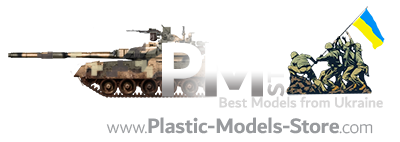
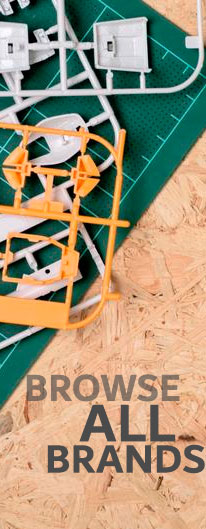
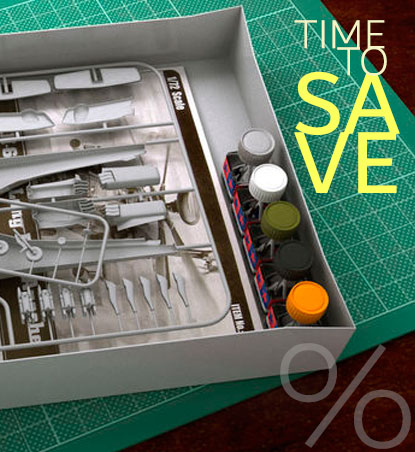


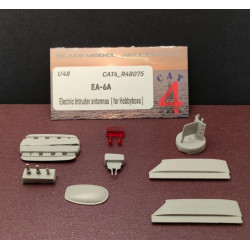
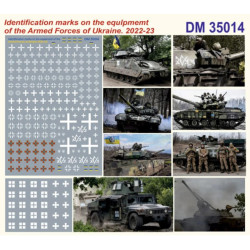
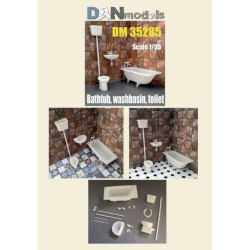
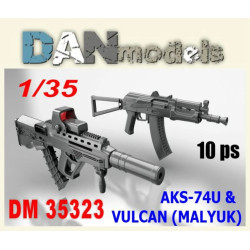



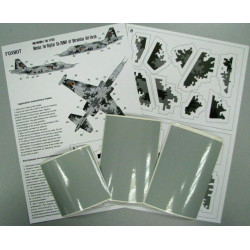
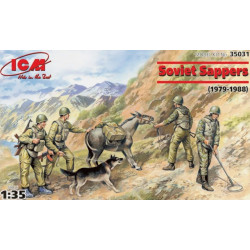






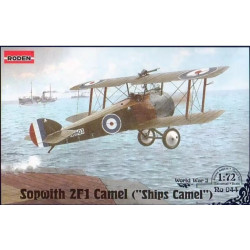



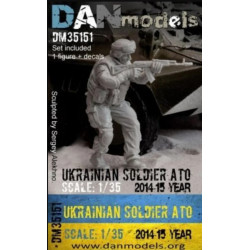

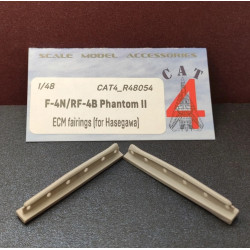
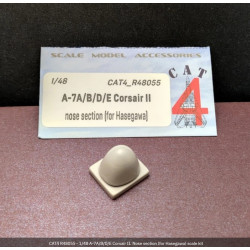


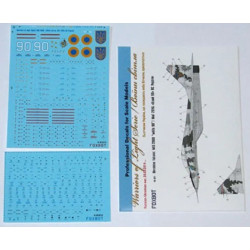




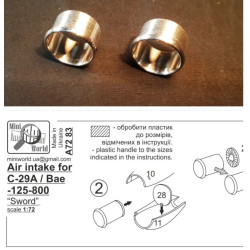

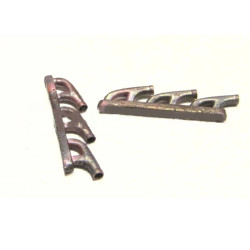
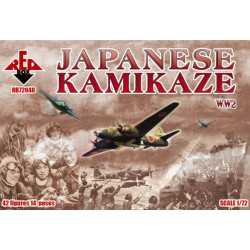




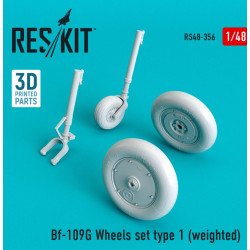
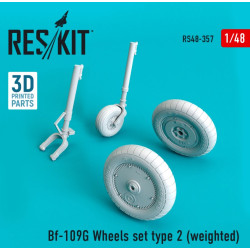

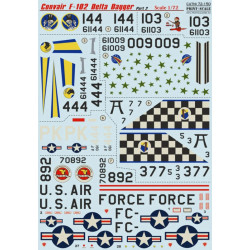

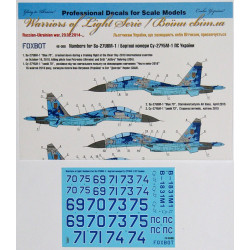
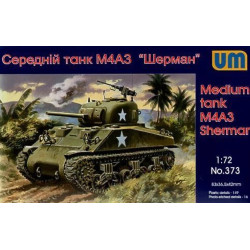









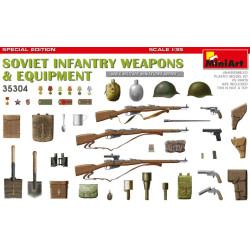



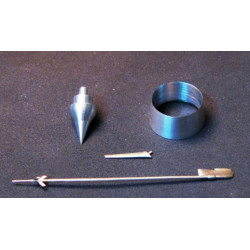

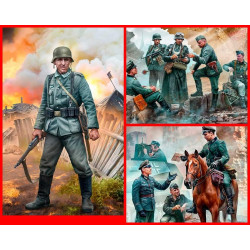
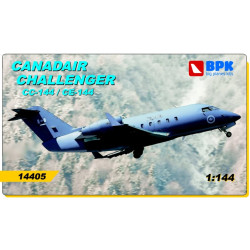
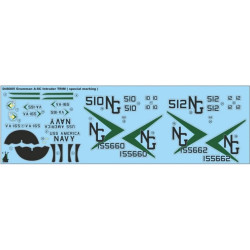

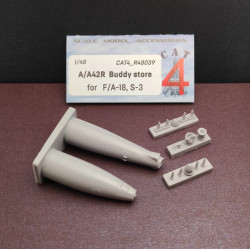
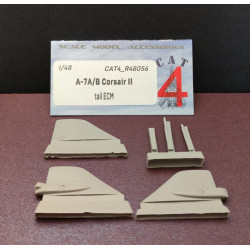
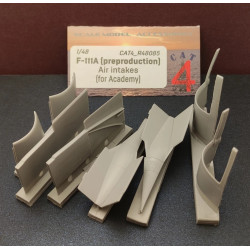
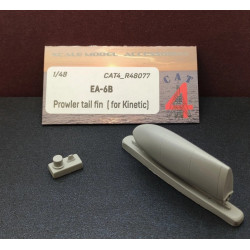
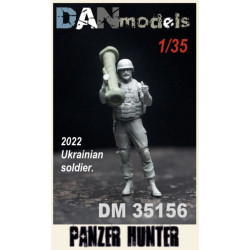


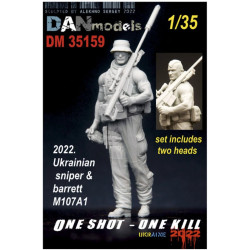
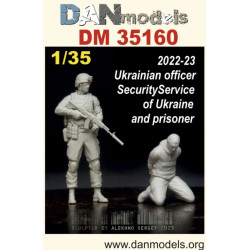
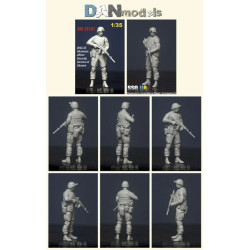
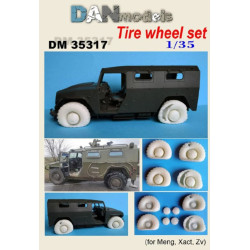
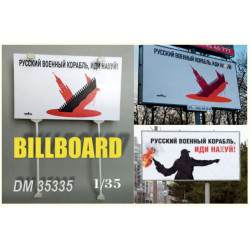
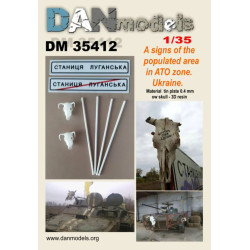


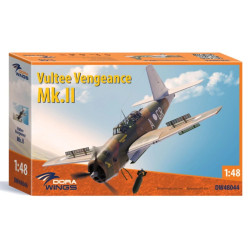

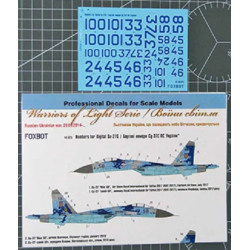

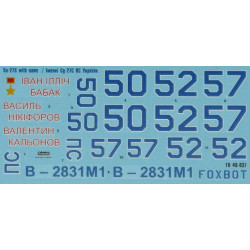
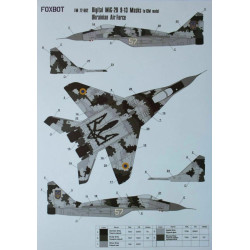




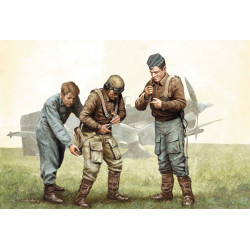

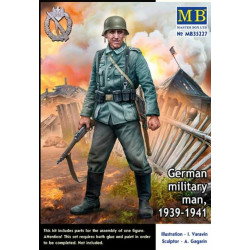
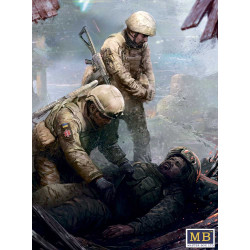















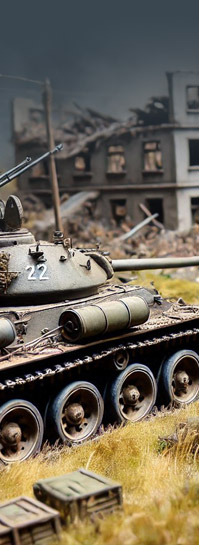

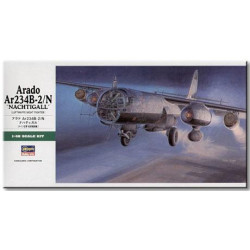
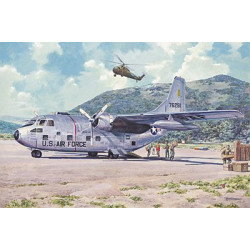
-250x250w.jpg)

